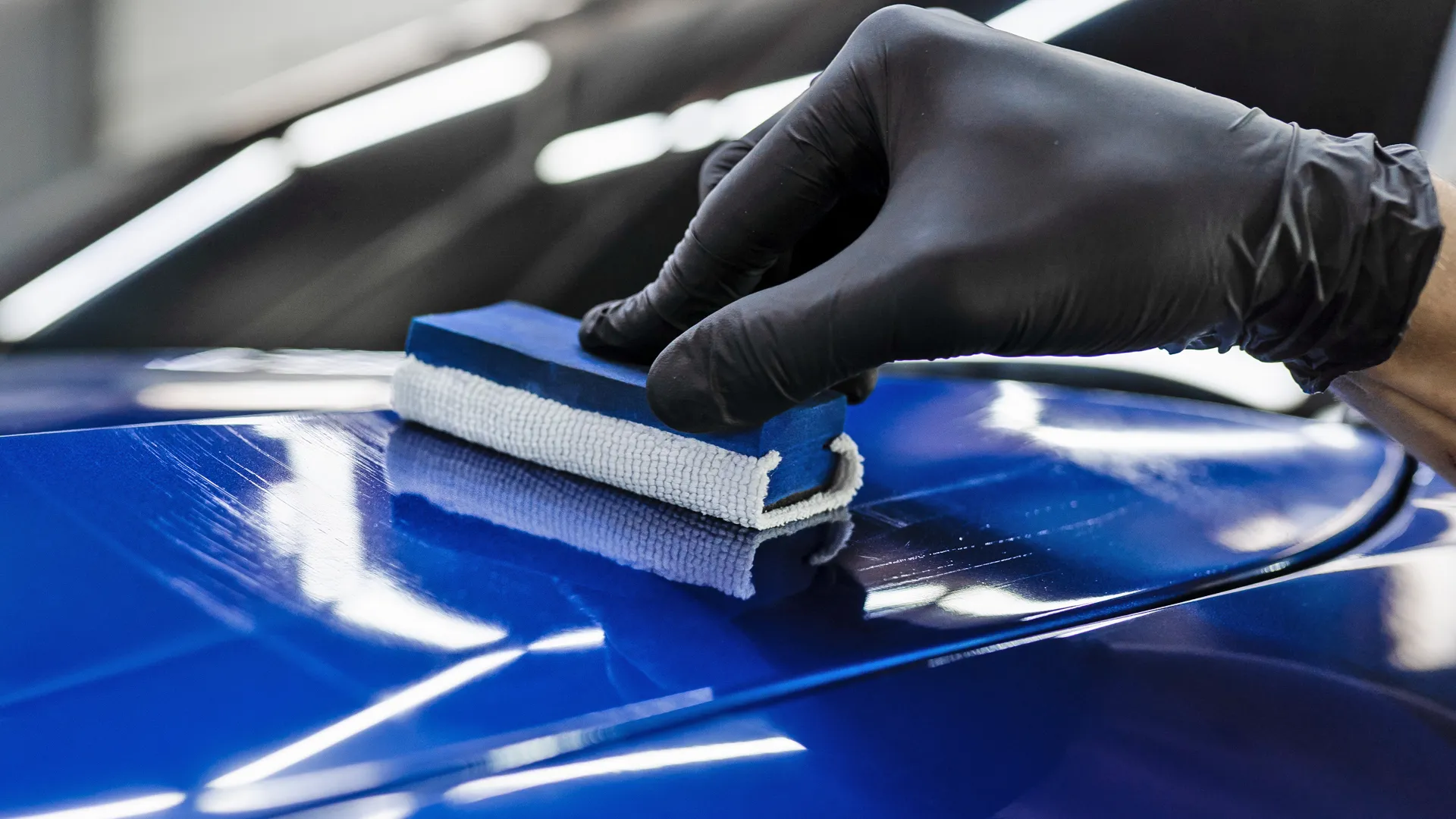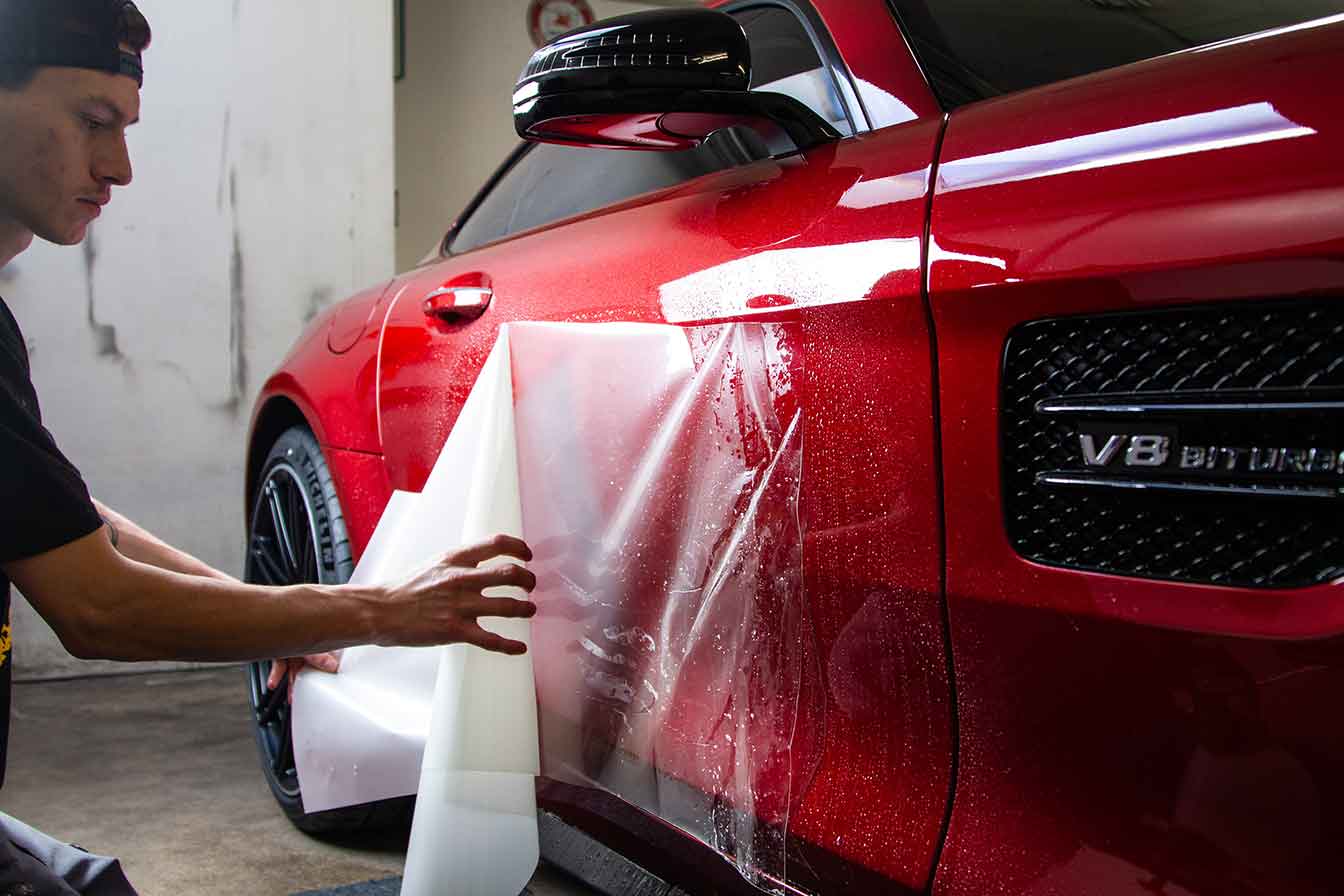A Comprehensive Overview to the Sorts Of Ceramic Layer on the Market
Ceramic coverings have actually arised as a crucial solution across various markets due to their unique properties and applications. As we explore the distinctive attributes and applications of these layers, the implications for efficiency and longevity end up being increasingly apparent, raising questions about which type might best fit your requirements.
Recognizing Ceramic Coatings
Ceramic coverings are advanced protective solutions that have gained popularity in different markets, specifically in auto and aerospace applications. These finishes include a liquid polymer that, when cured, develops a resilient, hydrophobic layer externally of the substratum. This layer supplies improved resistance to ecological contaminants, UV radiation, and chemical direct exposure, therefore prolonging the life and aesthetic allure of the underlying material.
The fundamental part of ceramic finishes is silica, which adds to their solidity and sturdiness. The application process typically entails surface preparation, application of the finish, and treating, which can be achieved via warm or UV light. Once cured, ceramic coatings show phenomenal bonding residential properties, enabling them to adhere highly to a variety of surface areas, including metals, plastics, and glass.
In addition to their safety features, ceramic layers likewise offer convenience of maintenance. Their hydrophobic nature reduces the adherence of dust and crud, making cleaning less complex and less frequent. On the whole, the fostering of ceramic finishings represents a significant advancement in surface area protection modern technology, giving both practical and visual benefits across multiple fields.
Kinds Of Ceramic Coatings
Numerous types of ceramic finishes are available, each developed to fulfill particular efficiency needs and applications - ceramic coating sarasota. One of the most common kinds consist of:
Silica-based Coatings: These coatings mainly include silicon dioxide and are understood for their resilience and chemical resistance. They are commonly utilized in auto and industrial applications.
Titanium Dioxide Coatings: Popular for their photocatalytic residential properties, titanium dioxide finishes are typically applied in settings where self-cleaning and antifungal properties are preferable, such as in building products and automobile finishes.
Zirconia Coatings: Characterized by their high-temperature security and thermal resistance, zirconia layers are utilized in applications such as generator engines and high-performance vehicle elements.
Alumina Coatings: Exhibiting exceptional solidity and thermal security, alumina finishings are frequently made use of in wear-resistant applications, consisting of reducing devices and industrial machinery. - Car Detailing
Hybrid Coatings: Incorporating the residential or commercial properties of different materials, crossbreed finishings use improved performance attributes, making them suitable for one-of-a-kind and demanding applications.
Each kind of ceramic finish serves distinctive functions, enabling individuals to select one of the most appropriate option based upon details ecological conditions and efficiency requirements.
Benefits of Ceramic Coatings
Ceramic layers, in particular, offer many benefits that make them significantly preferred among producers and consumers alike. These coverings are resistant to scratches, chemicals, and UV rays, making certain that the underlying surface remains secured over time.
In addition to longevity, ceramic coatings offer exceptional hydrophobic residential or commercial properties, enabling easy cleaning and maintenance. This water-repellent nature reduces the adherence of dirt, crud, and other contaminants, which can prolong the aesthetic appeal and functionality of the surface. Ceramic coatings can significantly enhance thermal resistance, making them ideal for applications that withstand high temperature levels.

Application Process
When using ceramic layers, a meticulous approach is vital to accomplish optimal results. The application procedure generally starts with complete surface preparation. This involves cleaning, decontaminating, and brightening the surface to remove all impurities, consisting of dust, grease, and prior waxes or sealers. A clean surface area makes certain proper attachment of the covering.
As soon as the surface is prepped, the following step is to use the ceramic covering. This can be done using an applicator pad or a microfiber fabric, ensuring even insurance coverage. It is crucial to operate in little areas to keep control and prevent premature treating. The finishing should be applied in thin layers, as thicker applications can cause irregular surfaces.
After application, the finishing requires a certain healing time, typically ranging from a few hours to a complete day, depending upon the item. Throughout this moment, it is essential to prevent direct exposure to dampness or pollutants. Ultimately, a mild buffing may be required after treating to enhance the gloss and remove any high spots. Following these actions diligently will make the most of the effectiveness and view publisher site longevity of the ceramic layer, supplying a sturdy protective layer for the surface.
Upkeep and Long Life
To make sure the longevity and performance of a ceramic layer, normal upkeep is crucial. Ceramic finishes, known for their toughness and safety qualities, call for particular care routines to optimize their life expectancy and efficiency. The very first action in maintenance involves regular washing with pH-neutral soap, avoiding extreme chemicals that can degrade the layer. It is suggested to clean the lorry frequently, preferably every 2 weeks, to avoid more info here the accumulation of impurities that could jeopardize the coating's stability.
In enhancement to regular washing, regular examinations are important. Seek signs of wear or damages, such as hydrophobic residential properties lessening or surface imperfections. If required, a light polish may be put on revitalize the finish without removing it away.
Moreover, the application of a booster spray can improve the finishing's hydrophobic impacts and restore its gloss. This is particularly helpful for layers that have actually remained in use for an extended duration. Eventually, by sticking to these maintenance methods, one can substantially expand the life of a ceramic finish, making certain that it proceeds to provide optimum defense against environmental factors and keep the visual allure of the vehicle.
Final thought
